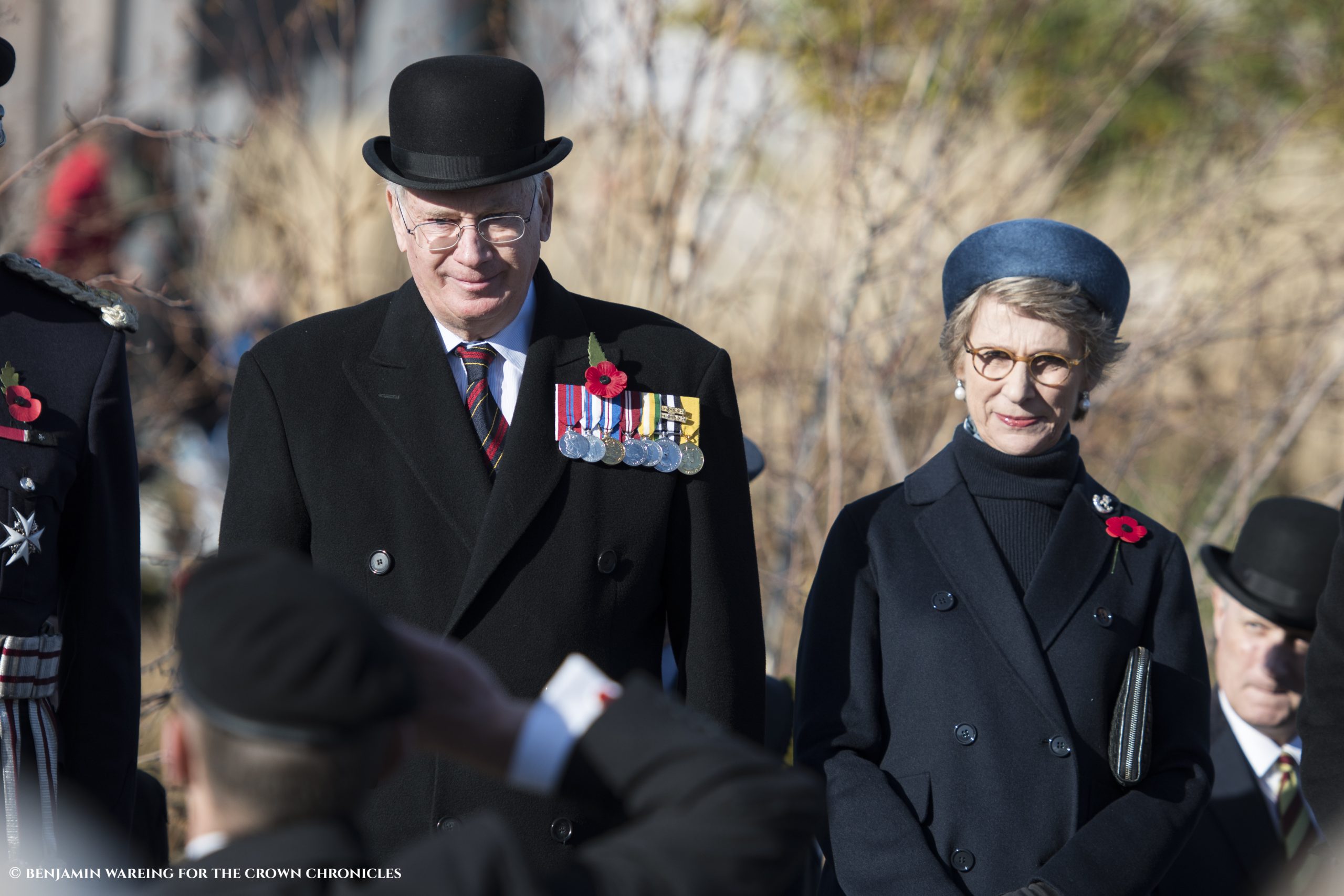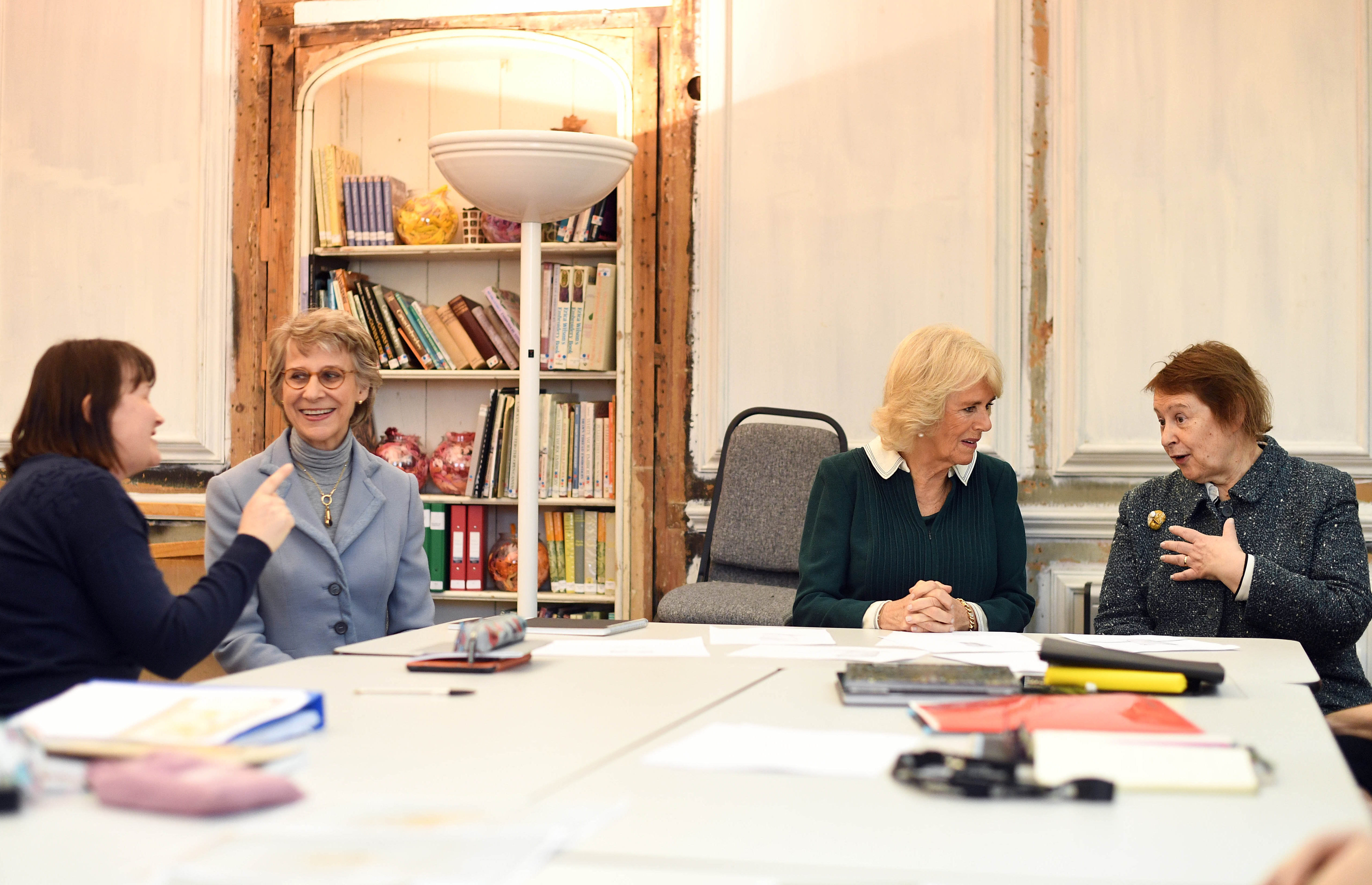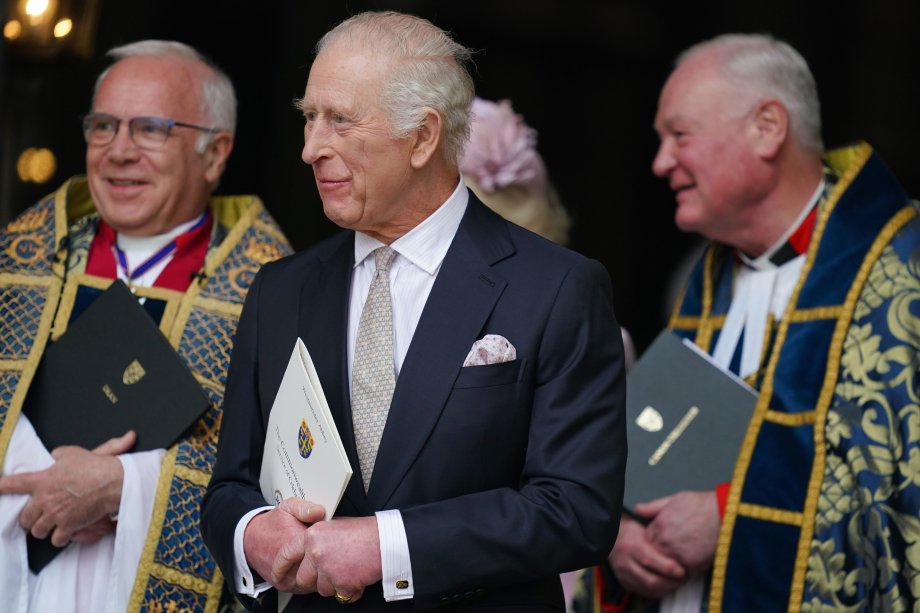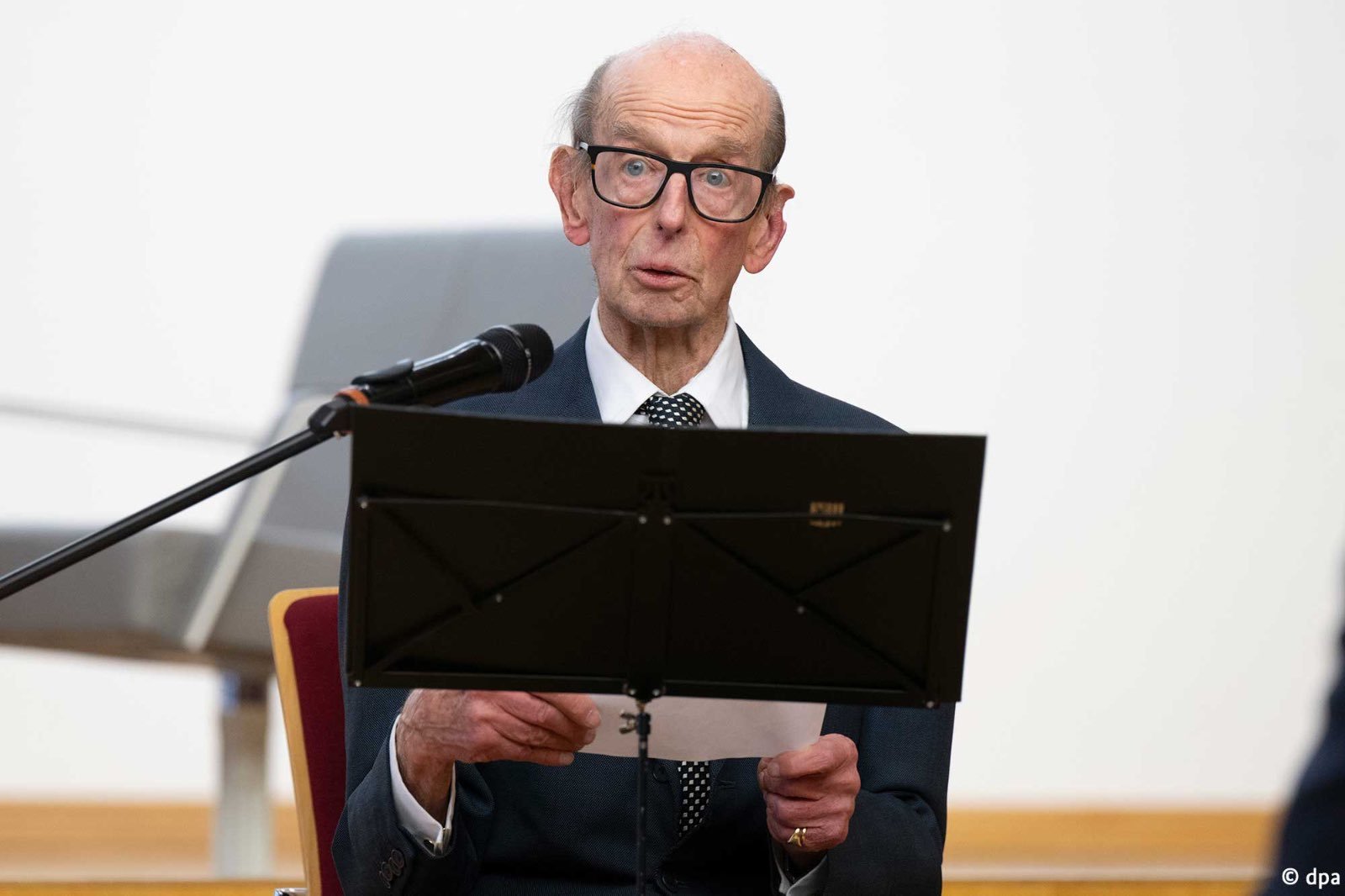Today The Duke and Duchess of Gloucester celebrate their Golden Wedding Anniversary, marking 50 years together.
They are often overlooked as working Royals and are rarely featured in the press, so who are they and what do they do?

The Duke and Duchess of Gloucester (Benjamin Wareing/Alamy Live News)
The Duke of Gloucester – biography:
Prince Richard of Gloucester was born in 1944 in Northampton, as the younger son of Henry and Alice, the Duke and Duchess of Gloucester. Prince Henry was younger brother to George VI, and the third son of George V and Queen Mary, while Alice was the third daughter of the Duke and Duchess of Buccleuch. Richard is therefore first cousin to The Queen.
Richard spent time in Australia as a child, while his father served as Governor General. He was educated at home for a number of years, before attending Wellesley House School, Broadstairs, and then Eton College for his secondary education.
In 1963, he began his degree at Magdalene College, Cambridge, to read architecture; he graduated three years later. It was here he met his future wife, Birgitte.
The year of his graduation, he spent time at the Offices Development Group in the Ministry of Public Building and Works, before returning to Cambridge in 1967 to obtain a master’s degree in architecture. His career as an architect then began at Hunt Thompson Associates based in the capital, where the Prince was a practising partner.
Shortly after marriage, just six weeks in fact, Richard became heir apparent to his father’s dukedom, following the death of his elder brother Prince William in a flying accident. This ended his architectural career, as he took on family obligations and royal duties on behalf of The Queen, resigning his partnership.
Two years later, in 1974, he became the second Duke of Gloucester upon the death of his father and has maintained his royal duties consistently.
When he was born, the Duke was fifth in line to the throne, but currently lies 31st in the line of succession. He is highest on the list as the first non-descendant of George VI.
The Duchess of Gloucester – biography:
Birgitte van Deurs Henriksen was born in 1946, in Odense, Denmark. The daughter of a lawyer, Birgitte had a relatively normal middle-class upbringing, attending finishing schools in Lausanne and Cambridge.
She moved to the UK after university in 1971 (she read Commercial and Economic Studies), working at the Danish Embassy as a secretary.
Birgitte met Prince Richard in the 1960s in Cambridge whilst at finishing school, becoming engaged in 1972. Richard designed her coral engagement ring himself.
Her wedding dress came from royal couturier, Norman Hartnell, who made The Queen’s wedding dress as well as her coronation dress, and she forwent a tiara at the low-key ceremony in Barnwell. Birgitte became Princess Richard of Gloucester, and The Duchess of Gloucester in 1974.
After tying the knot in Northamptonshire in 1972, the couple had three children: Alexander (b. 1974), Davina (b. 1977) and Rose (b. 1980). The couple officially reside at Kensington Palace, but have leased a private home, Barnwell Manor, for more than 25 years.
Areas of interest:
While the couple’s royal work is varied, there are a few areas they are particularly interested in.
With an architecture background, it comes as no surprise that The Duke of Gloucester is involved with numerous causes and organisations in this sector. These include:
– being a member of the Royal Institute of British Architects
– serving as a commissioner of the Historic Building and Monuments Commission for England (English Heritage).
– being patron of Construction Youth Trust, as well as lending his name to their long standing Duke of Gloucester Young Achiever’s Scheme Awards
– being patron of the Architects Benevolent Society
– acting as Royal Patron of the UK brand of Habitat for Humanity
– serving as President of The London Society, which seeks to encourage public interest and participation in urban planning and transport matters
– is President of the Scottish Society of the Architect-Artists
– is an honorary fellow of the Institution of Structural Engineers and Royal Incorporation of Architects in Scotland
He supports various architectural preservation societies, including the Kensington Society and the Victorian Society, the International Council on Monuments and Sites, UK National Committee.

Camilla, Duchess of Cornwall is joined by The Duchess of Gloucester, President of the Royal School of Needlework, meeting staff and students and see the innovative and beautiful hand embroidery work being created, in November 2017. Picture by Andrew Parsons / i-Images
Richard is a longstanding patron of the Richard III Society (sharing both a common name and title) and attended the King’s interment at Leicester in 2015, and as a keen motorist, the Duke served as President of the Institute of Advanced Motorists for more than three decades.
The official royal website says he is associated with more than 150 charities and organisations, also in the areas of humanitarian concerns and veterans.
The Duchess, meanwhile, has a passion for tennis and as an Honorary Member, is a regular spectator at Wimbledon, but also Honorary President of the Lawn Tennis Association.
Music is another area of interest, connecting her with:
– the Royal Academy of Music, as President
– the Scottish Opera
– the Cathedral Music Trust
– Music in Hospitals & Care
Birgitte is affiliated with some 60 organisations.
She has previously spoken about her royal work: “As members of the Royal Family and in our public life, The Duke and I have the huge privilege of continuously meeting people greatly committed to their work with charitable causes – many individuals being volunteers, doing all kinds of good works, giving of their time, talents and expertise. Some are high-powered and greatly skilled, others willing to do the most mundane but essential tasks – all of them enjoying being part of a team supporting a noble cause.
“It is inspiring and immensely rewarding meeting these volunteers on my varying engagements in London and throughout the country. I meet volunteers in schools, often for children with special needs, medical research projects, hospices, homes for older and frail people, and also in community initiatives for sport, music and the conservation of the Arts. I see so many wonderful places, and it is the people involved who make them so.
“Charity work in Great Britain is a tradition. I don’t think I have a friend who has not involved him or herself somehow or other. How far back this tradition goes, I am not sure- it is one of the major aspects which makes me very proud to be British.
“There is another facet to voluntary work which I think is very important, and that is the sense of fulfilment and reward in the knowledge of the value of your contribution as a volunteer.”





